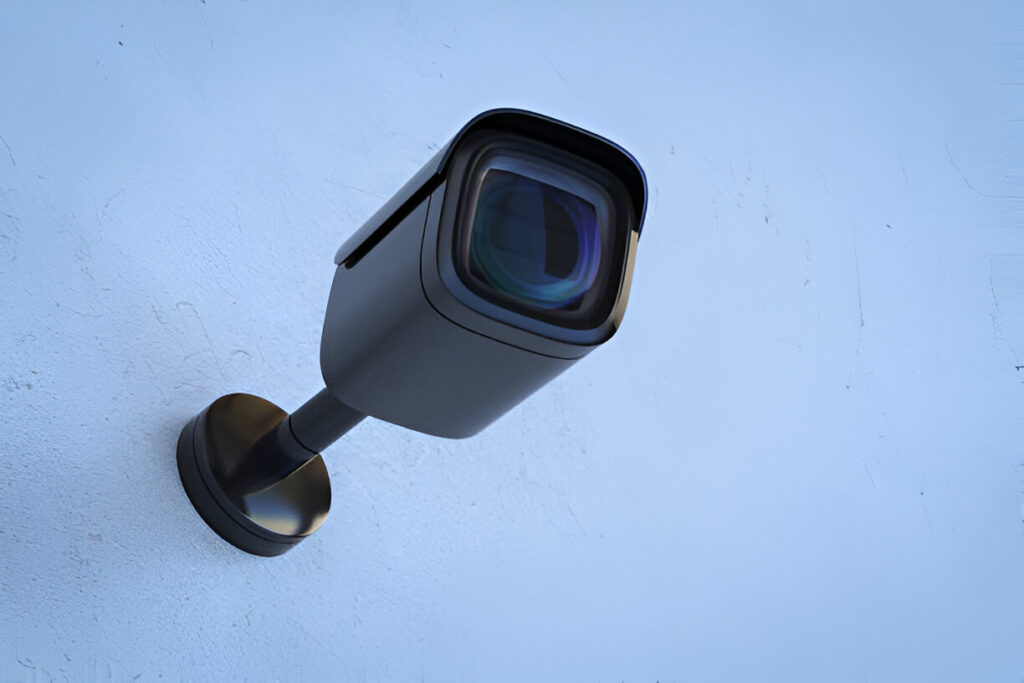Modern sports broadcasting is undergoing a revolutionary transformation, driven by advancements in artificial intelligence (AI) technology. AI-powered camera systems are not only changing how live sports events are captured, but it’s also fundamentally reshaping the way fans experience their favourite games.
From personalised viewing angles to enhanced real-time analytics, AI is creating dynamic and immersive broadcasts that were unimaginable just a few years ago.
Contents
How Has Sports Broadcasting Evolved?
Sports broadcasting has evolved significantly over the decades. From the early days of radio commentary and black-and-white television to today’s ultra-high-def 4K and 8K broadcasts, the objective has always been the same: to bring fans closer to the action.
Old-school broadcasting methods, however, relied heavily on human-operated cameras, which have inherent limitations in terms of coverage, flexibility and the number of angles they can offer.
And then AI-powered camera systems hit the scene. These systems, integrated with advanced machine learning algorithms, have ushered in a new era of sports broadcasting.
Unlike human operators, AI cameras can automatically follow the action, adjust angles, zoom in on key moments and provide fans with a more tailored and engaging viewing experience. As AI technology continues to mature, its impact on sports broadcasting is expected to grow exponentially.
AI-Powered Cameras: The Basics
At its core, AI-powered sports broadcasting relies on a combination of cameras equipped with intelligent algorithms, computer vision and real-time data processing capabilities. These cameras are designed to automatically track the movements of players, follow the ball and adjust angles for optimal coverage without human intervention.
One of the key innovations in this space is the use of computer vision, a field of AI that enables machines to interpret and understand visual data. AI cameras can “see” the game just people do, whether it’s sports or the type of entertainment offered at Treasure Mile casino. However, AI has the added advantage of being able to process vast amounts of information instantly.
Using machine learning, these systems learn from previous broadcasts, continuously improving their ability to capture key moments and adjust camera angles based on the flow of the game.
Creating Personalised Viewing Experiences
One of the most significant benefits of AI-powered cameras in sports broadcasting is the ability to offer personalised viewing experiences. Traditional sports broadcasts typically offer a one-size-fits-all approach, where viewers see the same camera angles and replays, regardless of personal preferences. AI technology is changing that by allowing viewers to customise their viewing experience according to their tastes.
Using AI, broadcasters can now provide viewers with options to choose their preferred camera angles, whether it’s a close-up of a particular player, a wide-angle view of the entire field or a bird’s-eye perspective. This level of personalisation is particularly appealing to younger audiences, who are accustomed to interactive digital experiences.
For example, in a basketball game, a viewer might prefer to focus on their favourite player, tracking their movements and performance throughout the match. AI-powered cameras can make this possible by isolating the player and offering a dedicated feed that highlights their actions on the court.
In addition, AI systems can adapt to viewer behaviour over time, learning individual preferences and automatically adjusting the broadcast accordingly.
Enhanced Real-Time Analytics
Another key advantage of AI-powered cameras in sports broadcasting is their ability to provide real-time analytics during live events. These systems can process vast amounts of data on the fly, offering insights and statistics that enhance the viewing experience for fans.
For instance, AI-driven cameras can track player speed, distance covered, shot accuracy and other performance metrics in real-time. This data can be displayed on-screen during the broadcast, providing fans with a deeper understanding of the game.
Also, AI-powered cameras can identify patterns and trends in the game that might not be immediately obvious to the average viewer. For example, during a football match, AI systems can analyse player positioning, ball movement and team formations, offering commentary on strategic shifts as they happen.
Coaches and analysts can also benefit from these insights. AI-powered cameras provide them with high-quality footage and detailed data that can be used to review performance, analyse opponent strategies and make informed decisions during games. The seamless integration of real-time analytics into live broadcasts is a game-changer for both fans and professionals alike.
Automation and Efficiency in Broadcasting
One of the most transformative aspects of AI-powered cameras is their ability to automate the broadcasting process. Traditionally, sports broadcasts require large crews of camera operators, directors and technicians to ensure seamless coverage of an event. AI technology is significantly reducing the need for human intervention by automating many of these tasks.
AI-powered cameras can independently adjust focus, zoom and angles without the need for manual input. This automation not only streamlines the production process but also allows for more consistent and reliable coverage, especially in high-speed sports where action can shift rapidly. In addition, AI cameras can be deployed in multiple locations simultaneously.
For sports organisations and broadcasters, this leads to significant cost savings and increased efficiency. Automated systems can operate 24/7 without fatigue, ensuring that live events are captured with precision and consistency.
What is the Future of AI in Sports Broadcasting?
As AI-powered cameras continue to advance, the future of sports broadcasting looks increasingly promising. The integration of AI with emerging technologies like 5G networks and virtual reality (VR) could further revolutionise the way fans experience live sports.
With 5G enabling faster data transmission and lower latency, AI-driven broadcasts can become even more responsive, offering real-time interactions and a smoother viewing experience.
At the end of the day, AI-powered cameras are revolutionising sports broadcasting by delivering dynamic, personalised and data-driven viewing experiences. These systems are automating the way live events are captured, offering fans unprecedented control over their viewing preferences while providing real-time analytics that enrich the overall experience.
As AI technology continues to evolve, its impact on sports broadcasting will undoubtedly become even more profound, shaping the future of how we watch and interact with our favourite sports.



